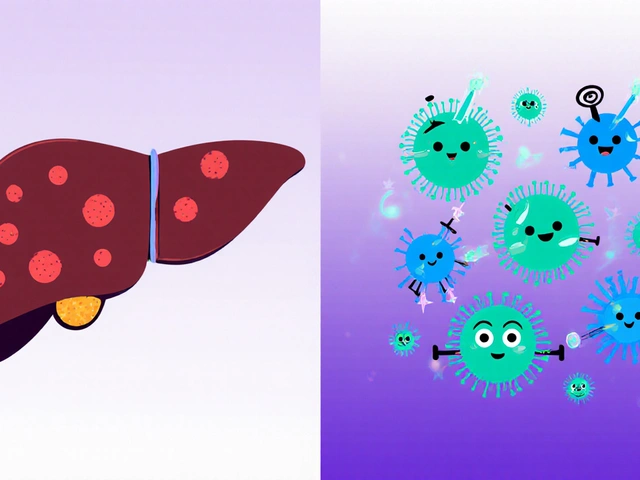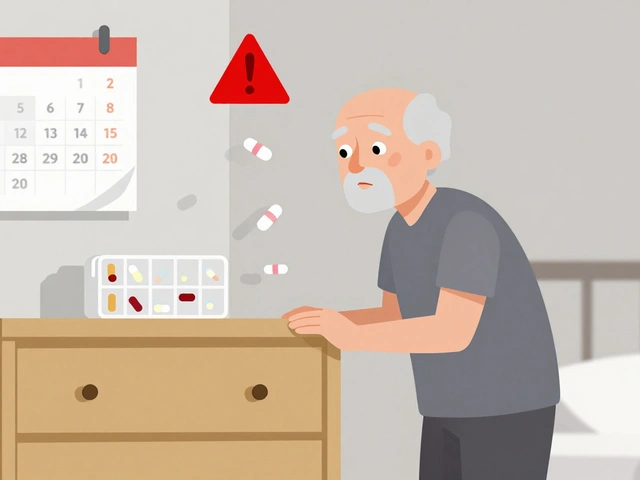Amiodarone: What you need to know before taking it
Amiodarone can stop dangerous heart rhythms, but it comes with real risks. If your doctor suggested it, you should know how it works, which tests you’ll need, what side effects to expect, and which drugs to avoid. This guide gives clear, practical steps so you can use amiodarone safely.
How amiodarone works and why doctors use it
Amiodarone is a strong antiarrhythmic medicine used for serious irregular heartbeats like ventricular tachycardia or persistent atrial fibrillation when other treatments fail. It slows electrical signals in the heart to restore or keep a regular rhythm. Because it stays in your body for weeks to months, effects and side effects can last long after you stop taking it.
Typical use includes a loading phase (higher doses at first) then a lower maintenance dose. Your cardiologist will decide the exact plan based on your heart problem and other health issues.
What to watch for: side effects you shouldn’t ignore
Amiodarone affects several organs. Tell your doctor right away if you notice:
- New or worsening shortness of breath, dry cough, or fever — possible lung toxicity (can be serious).
- Yellowing of skin or eyes, dark urine, nausea — signs of liver injury.
- Blurred vision, halos, or changes in sight — eye problems can occur.
- Weight gain, heat intolerance, fast or slow heartbeat — could be thyroid trouble (both hyper- and hypothyroidism happen).
- Fainting, dizziness, or palpitations — changes in heart rhythm that need urgent review.
Skin may become sensitive to sunlight and, over time, some people get a blue-gray skin tint on sun-exposed areas. Use sunscreen and protective clothing.
Monitoring, drug interactions and practical tips
Before starting amiodarone you should get baseline tests: ECG, thyroid function (TSH), liver tests, and a chest X-ray or lung tests if you have lung disease. Many doctors also recommend an eye exam. Typical follow-up: repeat TSH and liver tests every 3–6 months and check for lung symptoms any time.
Amiodarone interacts with many drugs. Important ones include:
- Warfarin: amiodarone increases warfarin effect — your INR needs closer checks.
- Digoxin: levels rise when taken with amiodarone — lower your digoxin dose and monitor.
- Statins and some antiarrhythmics: risk of muscle or rhythm problems — check with your doctor.
- Drugs that prolong QT interval: combining can raise risk of dangerous arrhythmias.
Avoid grapefruit and grapefruit juice — they can raise amiodarone levels. Tell every prescriber and pharmacist you use amiodarone so they can watch for interactions.
If you become pregnant or are planning pregnancy, talk with your cardiologist — amiodarone can affect the fetus and is used only if benefits clearly outweigh risks.
Simple daily habits help: carry a list of meds, protect skin from sun, report new breathing or vision problems quickly, and keep all monitoring appointments. Amiodarone can save lives, but only with careful follow-up and attention to interactions and side effects.

Cordarone: Uses, Side Effects, Dosage, and Essential Safety Guide
Get a straightforward guide on Cordarone: how it works, benefits, risks, side effects, and practical tips for people who want to understand amiodarone better.
View More




